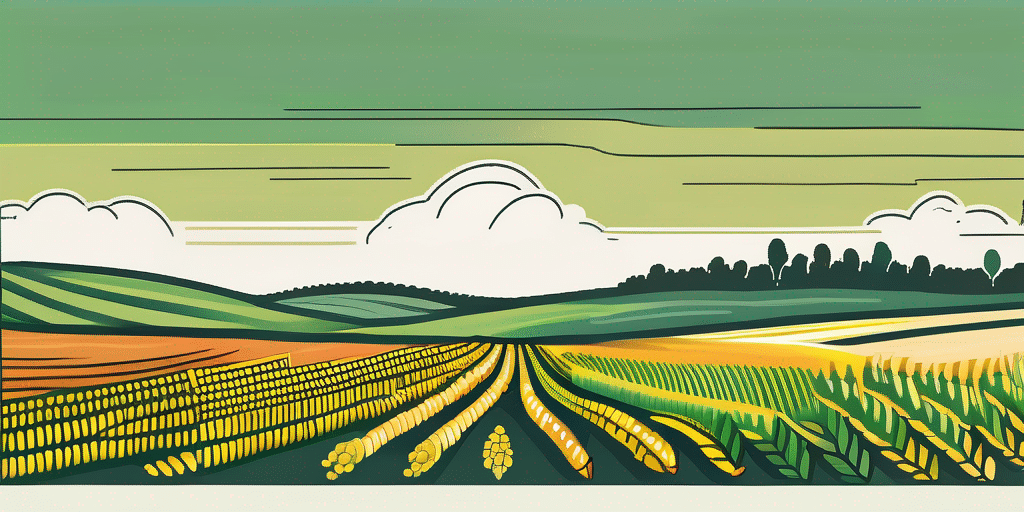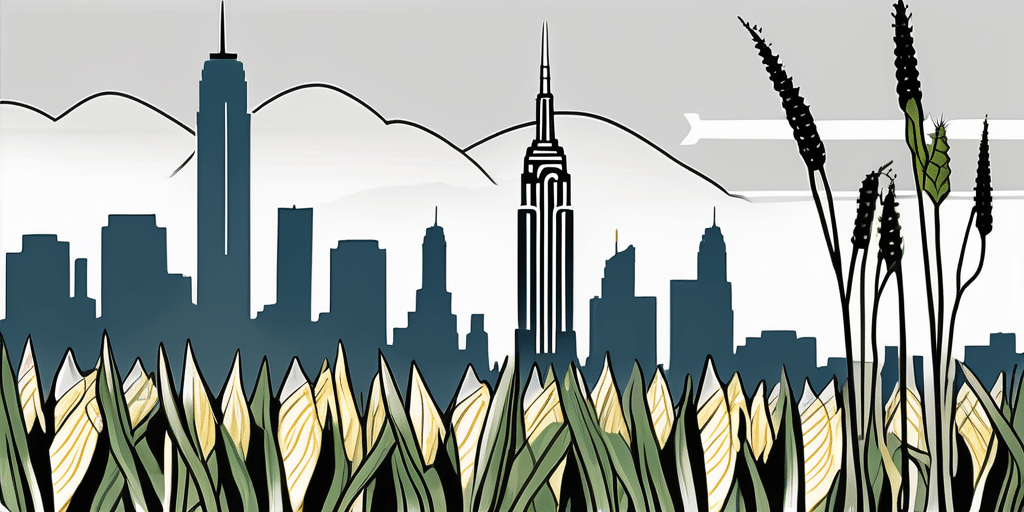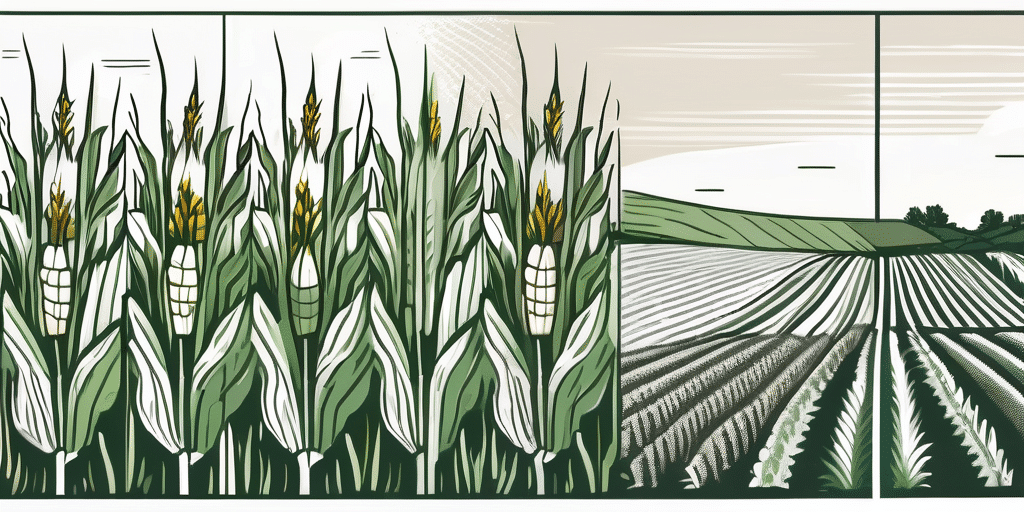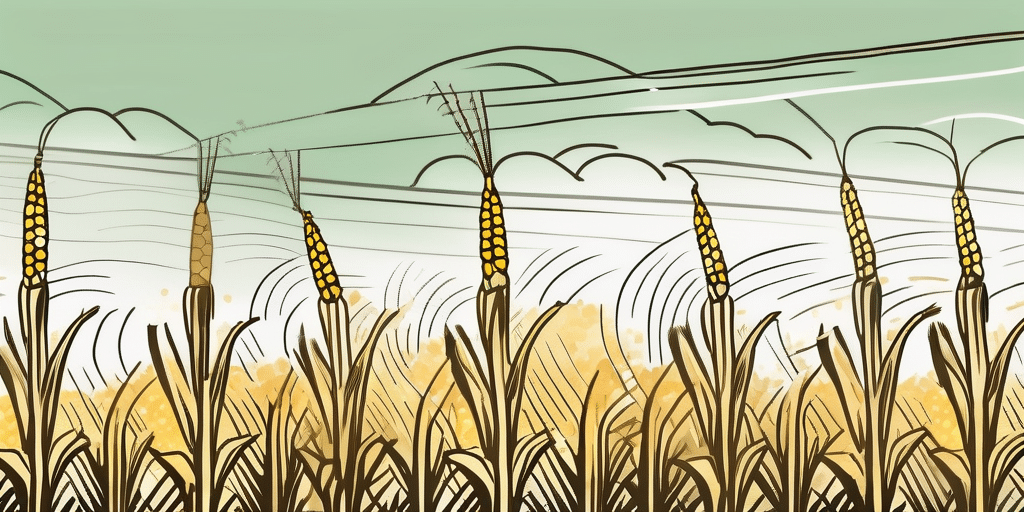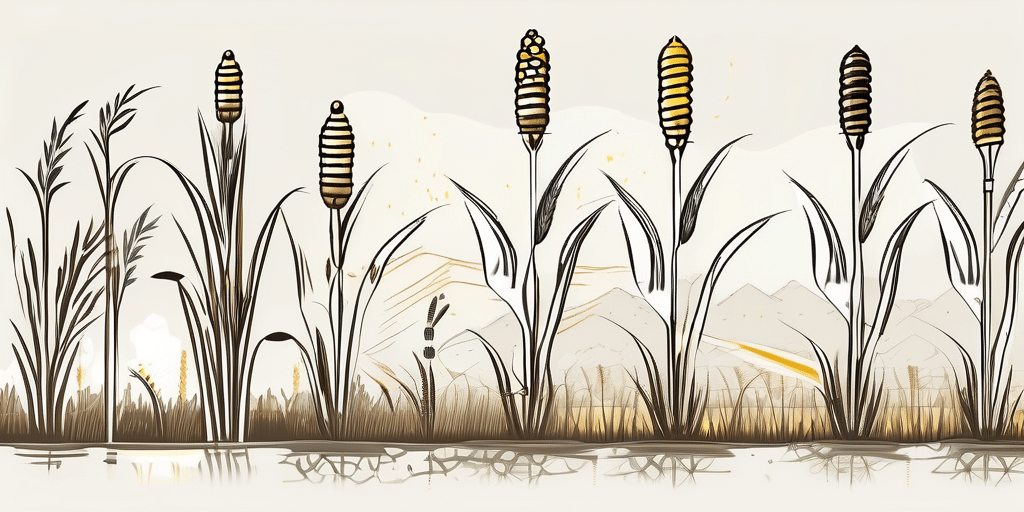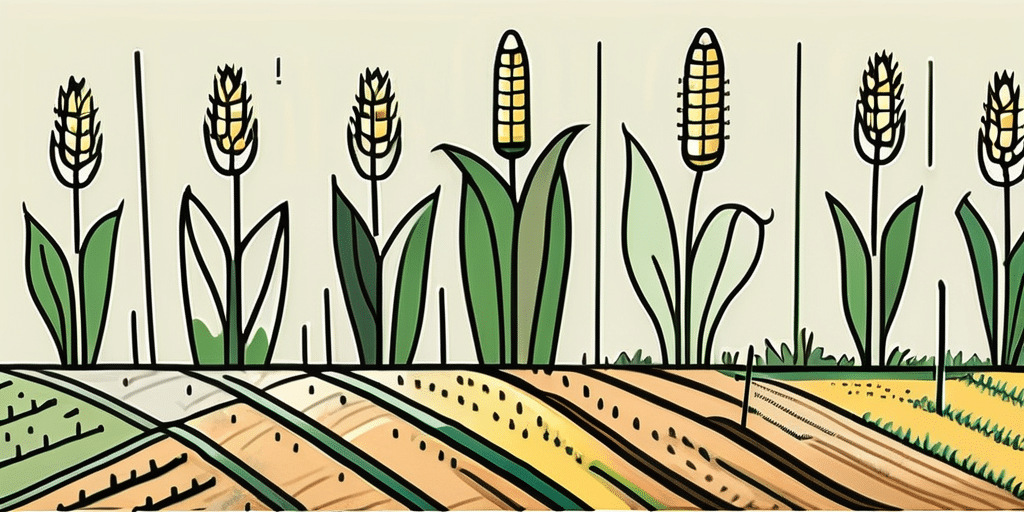Welcome to our guide on growing Trinity Corn in North Dakota! In this article, we will provide you with all the information you need to know in order to successfully grow this delicious corn variety. Whether you are a seasoned gardener or a beginner, we’ve got you covered. Let’s get started!
Climate & Hardiness Zones in North Dakota
Before diving into the specifics of planting Trinity Corn, it’s important to understand the climate and hardiness zones in North Dakota. The state experiences a continental climate, characterized by cold winters and hot summers. North Dakota is primarily located in USDA hardiness zones 3 and 4, with some areas in the eastern part of the state falling into zone 5.
It’s crucial to choose corn varieties that are suitable for these zones to ensure optimal growth and yield. Trinity Corn is specifically bred to thrive in North Dakota’s climate, making it an excellent choice for local gardeners.
North Dakota’s continental climate brings about unique challenges and opportunities for gardeners. The cold winters can be harsh, with temperatures dropping well below freezing, posing a risk to sensitive plants. However, the long summer days provide ample sunlight for crops to flourish, especially those that have adapted to the region’s climate.
Understanding the intricacies of hardiness zones is essential for successful gardening in North Dakota. While zones 3 and 4 present limitations on the types of plants that can thrive, they also offer a chance to cultivate cold-hardy crops that can withstand the state’s challenging weather conditions.
When to Plant Trinity Corn in North Dakota
Knowing the right time to plant Trinity Corn is key to a successful harvest. In North Dakota, corn planting typically occurs in late spring, when the soil has warmed up and the threat of frost has passed. The exact planting dates can vary depending on your location within the state and the weather conditions of the current year.
As a general guideline, it is recommended to plant Trinity Corn when the soil temperature reaches around 50°F (10°C). This usually occurs between late April and early May in most regions of North Dakota. To determine the soil temperature, use a soil thermometer inserted about 2 inches (5 cm) deep into the soil.
It’s worth mentioning that corn is a warm-season crop, and it requires soil temperatures above 50°F for optimal germination and growth. Planting too early, when the soil is still cold, can result in poor germination and stunted plants.
North Dakota’s climate presents unique challenges for corn growers. The state experiences a wide range of temperatures throughout the year, with cold winters and hot summers. This variability means that farmers must carefully monitor weather patterns and soil conditions to determine the best time for planting Trinity Corn.
In addition to soil temperature, another important factor to consider when planting Trinity Corn is the moisture content of the soil. Corn requires adequate moisture for germination and early growth. In North Dakota, where precipitation levels can vary significantly, farmers may need to supplement irrigation to ensure optimal growing conditions for their corn crops.
How to Plant Trinity Corn in North Dakota
Now that you know when to plant Trinity Corn, let’s discuss how to properly plant it for the best results.
Trinity Corn, a popular variety known for its high yields and delicious flavor, is a great addition to any North Dakota garden. To ensure a successful harvest, follow these steps for planting your Trinity Corn:
- Choose a sunny location in your garden that receives at least 6-8 hours of direct sunlight per day. Corn plants thrive in full sun.
- Prepare the soil by removing any weeds, rocks, or debris. Loosen the soil to a depth of at least 8-10 inches (20-25 cm) using a garden fork or tiller.
- Amend the soil with organic matter, such as compost or well-rotted manure, to improve its fertility and drainage.
- Make a trench or furrow in the soil that is about 1 inch (2.5 cm) deep. The trench should be long enough to accommodate the number of corn plants you intend to grow.
- Place the corn seeds in the trench, spacing them about 8-12 inches (20-30 cm) apart. Cover the seeds with soil, gently pressing it down to ensure good seed-to-soil contact.
- Water the newly planted seeds thoroughly. Keep the soil consistently moist, but not waterlogged, throughout the growing season.
It’s important to note that corn is wind-pollinated, so it’s best to plant it in blocks or multiple rows close together to ensure proper pollination and a higher yield.
Additionally, consider planting a cover crop like clover or vetch in the fall before planting Trinity Corn in the spring. These cover crops can help improve soil structure, suppress weeds, and provide nitrogen for your corn plants. Crop rotation is also beneficial to prevent soil-borne diseases and maintain soil fertility.
When to Harvest or Pick Trinity Corn in North Dakota
As an eagerly awaited part of the growing process, it’s essential to know when to harvest or pick your Trinity Corn in North Dakota. This depends largely on the maturity of the corn variety you are growing.
Typically, Trinity Corn reaches maturity in about 75-85 days after planting. You can verify the readiness of the corn by checking for several signs:
- The color of the corn silk should have turned brown or dry.
- The corn cobs should feel plump and well-filled with kernels.
- Gently peel back the husk and pierce a kernel with your fingernail. If a milky substance squirts out, the corn is ready to be harvested.
Once the corn is fully mature, it’s time to harvest. To harvest Trinity Corn:
- Hold the corn stalk firmly near the base.
- With a swift downward motion, twist and pull the ear of corn away from the stalk.
- Remove the husk and silk from the corn cob.
- Enjoy the fresh and delicious Trinity Corn within a few hours or store it in the refrigerator to maintain its flavor and quality.
Remember, fresh corn is at its sweetest and most flavorful shortly after harvest, so try to consume it as soon as possible for the best taste experience.
Trinity Corn, a popular variety known for its exceptional taste and tenderness, thrives in the fertile soils and temperate climate of North Dakota. The state’s long summer days and cool nights provide the perfect conditions for this corn to develop its distinct flavor profile.
When harvesting Trinity Corn, it’s important to pay attention to the weather conditions. Ideally, you should harvest your corn on a dry day to prevent excess moisture from affecting the quality of the kernels. Additionally, harvesting in the early morning or late evening can help preserve the freshness of the corn, as temperatures are cooler during these times.
Frequently Asked Questions
Here are some commonly asked questions about growing Trinity Corn:
- Can Trinity Corn tolerate colder temperatures? Trinity Corn is specially bred to withstand cooler temperatures and is well-suited for North Dakota’s climate.
- How much water does Trinity Corn require? Corn plants need consistent moisture throughout the growing season. Aim to provide them with about 1-1.5 inches (2.5-3.8 cm) of water per week, either from rainfall or supplemental irrigation.
- Are there any common pests or diseases that affect Trinity Corn? Corn earworms, European corn borers, and armyworms are common pests that can damage corn plants. Implementing proper pest management strategies, such as regular inspection and the use of organic pesticides if necessary, can help prevent and control pest infestations.
By following these guidelines, you can successfully grow Trinity Corn in North Dakota and enjoy a bountiful harvest of sweet and delectable corn. Remember to adapt the instructions to fit your specific garden conditions and consult reliable sources for additional information and tips. Happy gardening!
Join the How to Grow Everything Community
Ready to take your gardening skills to the next level? Subscribe for free to How to Grow Everything and unlock a treasure trove of expert tips and advice tailored to your North Dakota garden. Whether you’re planting Trinity Corn or dreaming up a lush backyard oasis, we’re here to help you build the garden of your dreams. Get personalized guidance based on your specific grow zone, experience, and interests—delivered straight to your inbox. No spam, just the best gardening tips, special offers, and heartfelt support from our family to yours. Join our community of passionate gardeners and watch your green thumb thrive!

